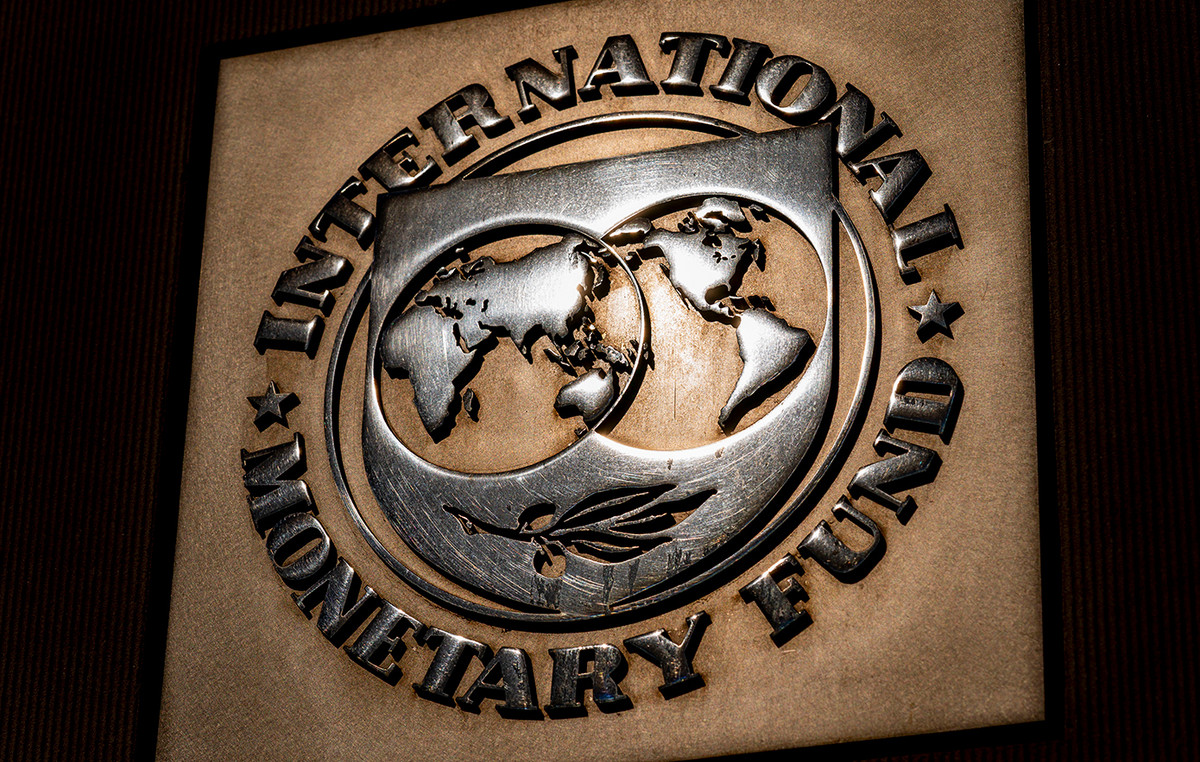With the world's lowest birth rate, South Korea could soon run out of enough troops to maintain its army strength as it deals with new threats in an increasingly tense Western Pacific region, analysts say.
Always wary of North Korea's nuclear and missile threats, South Korea maintains an active-duty force of about half a million troops.
But with a lifetime birth rate of just 0.78 children per woman, math may be South Korea's biggest enemy right now, and experts say the country has no choice but to draw down its forces.
“With our current birth rate, the future is predetermined. Force reduction will be inevitable,” said Choi Byung-ook, a professor of national security at Sangmyung University.
To maintain its current strength, the South Korean army needs to enlist or recruit 200,000 soldiers a year, he said.
But in 2022, less than 250,000 children were born in the country. Assuming a split between men and women, this means that in 20 years, when these children reach the age to join the armed forces, only about 125,000 men will be available for the 200,000 positions needed.
Women are not recruited in South Korea and volunteers make up just 3.6% of the Korean army, according to data from the Ministry of Defense.
Furthermore, the number of births per year is expected to decline further, to 220,000 in 2025 and 160,000 in 2072, according to Statistics Korea.
Burden coming from the North
Although South Korea's declining birth rate has begun to appear in headlines in more recent years, it is a trend that the military predicted and prepared for.
In the early 2000s, Seoul voluntarily decided to reduce the number of active troops from 674,000 in 2006 to 500,000 by 2020, based “on the premise that the threat from North Korea would gradually decline”; thus maintaining a smaller but elite military force according to a 2022 defense white paper.
South Korea's military has achieved this goal, decreasing troop size by 27.6% over two decades, from 2002 to 2022.
But the premise that the threat from North Korea would diminish turned out to be false.
Kim Jong Un, the third consecutive member of his family dynasty to rule the country, came to power in Pyongyang in 2011.
Despite brief lulls as he negotiated with South Korea and the United States to reduce tensions, he pushed for a full-scale military escalation in North Korea, especially its ballistic missile programs.
Following the test of the fifth intercontinental ballistic missile in 2023, Kim warned that North Korea would not “hesitate” to conduct a nuclear attack when the enemy provokes the country, referring to the deployment of US nuclear-capable weapons platforms around and the Korean Peninsula, state media KCNA reported in early December.
But if Kim were to attack and cross the 38th parallel, which divided North and South Korea after the 1953 armistice that stopped the Korean War, it would be the South Korean military that would have to deal with a greater burden of defense. .
Technological race
Experts say South Korea must look to science to combat the North Korean threat and turn a labor crisis into a technological transformation.
“Korean defense authorities have had this long-standing policy that we would move from a manpower-centric army to a technology-driven army,” said Chun In-bum, a former lieutenant general in the South Korean army.
In 2005, South Korea's Ministry of Defense released a plan to transform its military into a science- and technology-focused force by 2020, but progress has been scant.
“Although the military was trying to make the transition, there was no need because [com] recruits from South Korea had a lot of human resources,” Choi said.
But Russia's war in Ukraine showed the world that on the modern battlefield, troop numbers are not enough.
Of the 360,000 troops that made up Russia's ground force before the invasion, including contract and conscripted personnel, Moscow lost 315,000, according to a recent assessment by the U.S. Department of Defense.
Ukraine's use of drones and high-tech weapons supplied by Western partners has had a deadly impact on the bulk of Russian forces.
South Korea has placed an emphasis on integrating new technologies into its combat units.
The Ministry of Defense said in 2022 it would make a phased transition to an artificial intelligence (AI)-based manned and unmanned team combat system (MUM-T), and introduced the Army's TIGER brigade – a so-called “future unit ” – which uses unmanned manpower and equipment to carry out missions.
South Korea has also been developing unmanned military equipment, including the medium-altitude unmanned aerial vehicle (MUAV) and the unmanned underwater vehicle (UUV).
Neither prevents nor cures
But Chun, the former South Korean general, says technology is not a solution.
After all, it takes manpower to take and hold territory. And well-trained and educated people are needed to manage and supervise AI systems on the battlefield.
“It won’t be enough, and no matter how hard we try,” Chun said of the technology. “It will help, but it won’t solve the problem of lack of people.”
Both he and Choi have ideas about how to get more out of a smaller military force.
For one, the leverage of the recruiting system and the reserve component it produces, Chun said.
“We need to renew our mobilization system, to be able to take advantage of the large reserve population we have,” Chun said.
After South Korean men finish their 18 to 21 months of mandatory military service, they become reservists for eight years.
During this time, they are called to their assigned units once a year to remind them of their positions and duties. And after that, they are subject to participate in civil defense training annually until the age of 40, with a training session lasting two nights and three days every year.
The system now gives South Korea 3.1 million reserve soldiers.
An ongoing pilot system involves having a selected number of these reservists train for 180 days a year to reinforce their skills.
Another option is to increase the number of professional cadres – commissioned officers, non-commissioned officers and non-commissioned officers – all volunteers, serving longer terms during which they would become well versed in the operation of advanced weapons “to avoid a gap in combat capability despite the reduction of standing forces,” according to the 2022 white paper.
The military has increased the proportion of staff in its total workforce from 31.6% in 2017 to 40.2% in 2022, according to the Ministry of Defense. The South Korean portfolio is planning a further increase to 40.5% by 2027, he said.
More obstacles
However, there is still a problem with this plan: the population is not adhering to it.
The number of candidates for commissioned officer positions has fallen over the years, from around 30,000 in 2018 to 19,000 in 2022, according to data from the Ministry of Defense.
“The military has enormous difficulty in securing outstanding entry-level professional cadres who, in 10, 20 years, would form a corps of outstanding officers,” said Choi, pointing out that insufficient financial and social benefits for cadres are the main reason behind drop in application rates.
What if they resorted to women, even in mandatory military service?
Israel also does recruitment and 40% of its conscripted force is female, according to the Jewish Women's Archive. In the U.S. and Canadian all-volunteer armed forces, more than 16% of soldiers are women.
Choi said recruiting women could solve South Korea's problem, but said there are many impediments to doing so in Korea's traditionally patriarchal society. And even if these are exceeded, executing the plan can be expensive.
“There are several complex factors, such as social costs and women giving birth. So I think the cost [na necessidade] it would be much greater than the real profit”, he stated.
But Chun believes that attracting female volunteers is possible if the salary is attractive enough.
“If a welder receives US$2,000 (R$9,705) [por mês], this is a legitimate job. So a woman would say, well, I want to be able to have this job for $2,000. Because for the same work she would probably receive US$1,500 (R$7,278.75) abroad,” he said.
In turn, the Ministry of Defense states that increasing the number of women in the service is a possibility among other ideas.
But there are no deadlines for changes and time may be something South Korea doesn't have much of.
Earlier this month, Statistics Korea reported that the record birth rate is expected to fall further over the next two years, to 0.65 births per woman in 2025.
*With information from Brad Lendon, from CNN Internacional
See also: North Korean missile could reach the US in 33 minutes, study finds
Source: CNN Brasil
Bruce Belcher is a seasoned author with over 5 years of experience in world news. He writes for online news websites and provides in-depth analysis on the world stock market. Bruce is known for his insightful perspectives and commitment to keeping the public informed.







